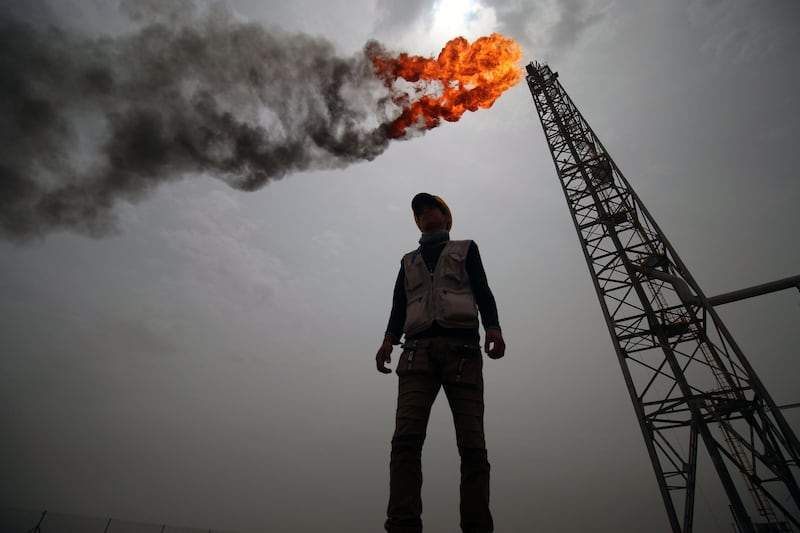Oil rose above $67 a barrel on Friday, gaining for a fifth session, as a stronger demand outlook and signs of economic recovery in China and the United States offset rising Covid-19 infections in some other major economies.
Chin's gross domestic product jumped 18.3 per cent in the first quarter from a year earlier, official data showed on Friday.
On Thursday, figures showed a rise in US retail sales and a drop in unemployment claims.
“Given the improving outlook for the world’s two biggest economies, there is little chance of the market’s feel-good glow being extinguished any time soon,” said Stephen Brennock of oil broker PVM.
Brent crude rose 28 cents, or 0.4 per cent, to $67.22 a barrel at 11:50 UAE time, heading for a weekly gain of about 7 per cent. US West Texas Intermediate (WTI) crude added 20 cents, or 0.3 per cent, to $63.66.
Helping prices rally this week, reports from the International Energy Agency and the Organisation of the Petroleum Exporting Countries both made upward revisions to oil demand growth forecasts for 2021.
Figures on Wednesday also showed US crude inventories fell by 5.9 million barrels.
Demand hopes offset concern about rising coronavirus cases in other big economies. India’s infection rate hit a record while Germany’s chancellor on Friday said a third virus wave has the country in its grip.
Oil has recovered from record lows hit last year as demand collapsed due to the pandemic. It has been helped by record cuts to oil output by Opec+ producers.
Opec+ agreed on April 1 to ease its oil output cuts from May to July and will meet to consider further tweaks on April 28.






